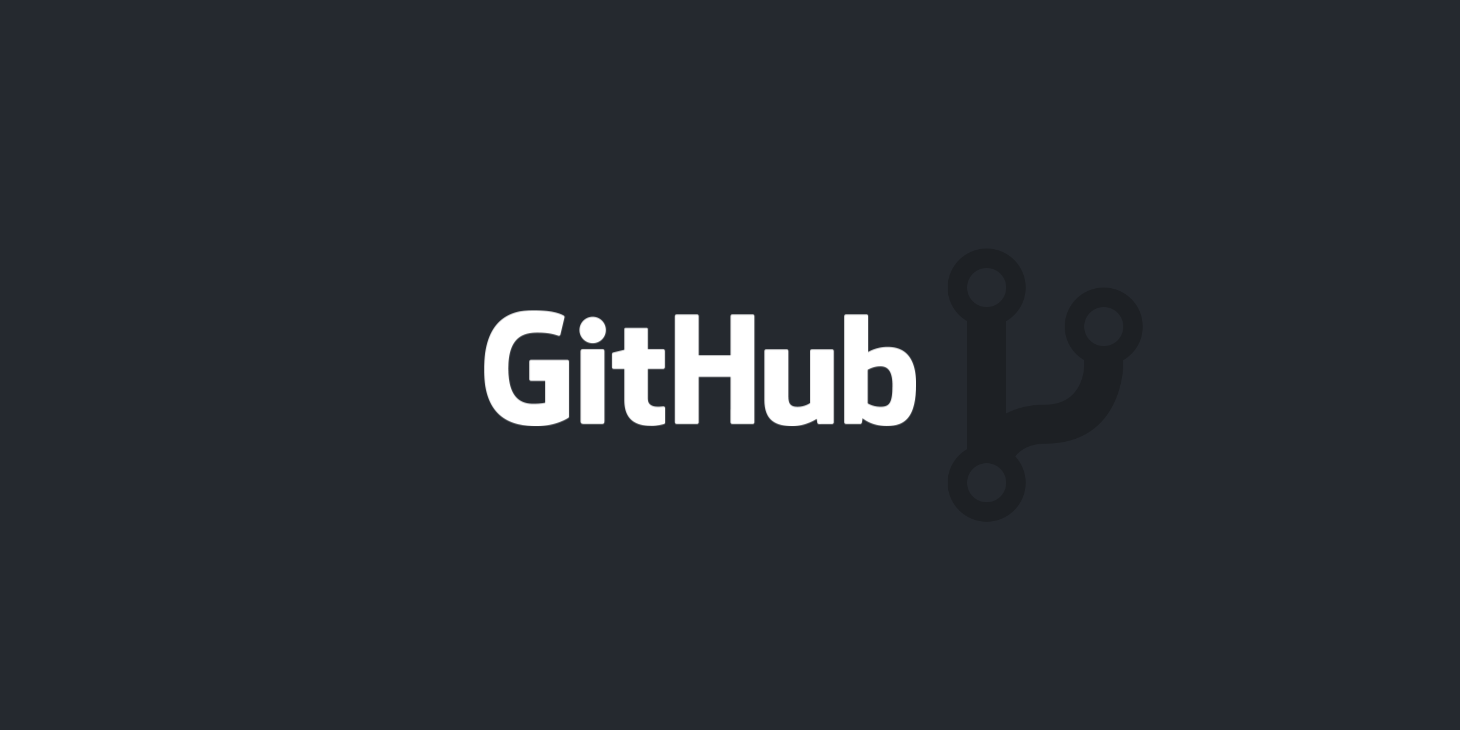Description
Introduction of Edge Computing and IoT
Edge IoT is transforming how data is processed and managed, bringing computation closer to where data is generated, enhancing response times, and reducing bandwidth usage. This course provides a comprehensive introduction to Edge IoT, focusing on its principles, key applications, and how it differs from traditional cloud-based IoT systems. Attendees will explore how Edge IoT enables real-time analytics, improves system efficiency, and supports the growing number of IoT devices in industries such as healthcare, manufacturing, and smart cities.
Prerequisites
- Basic understanding of IoT and cloud computing concepts
- Familiarity with network architectures
- Programming knowledge in languages such as Python or C++ is beneficial but not mandatory
- Understanding of sensors, embedded systems, and communication protocols (optional)
Table of Contents
To conclude; this structured course will help participants gain a solid foundation in Edge IoT concepts and how to implement real-world applications, and addressing both technical and practical challenges.







Reviews
There are no reviews yet.